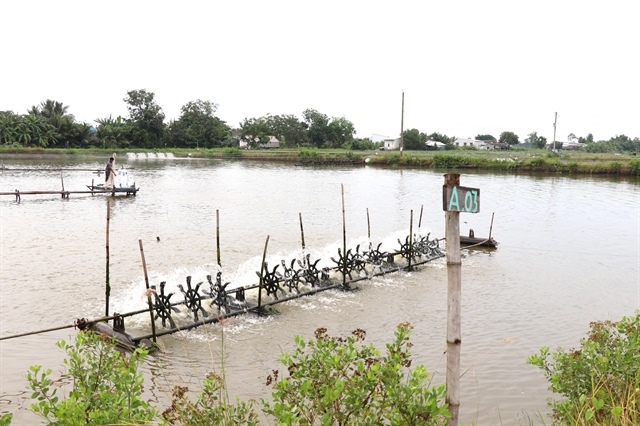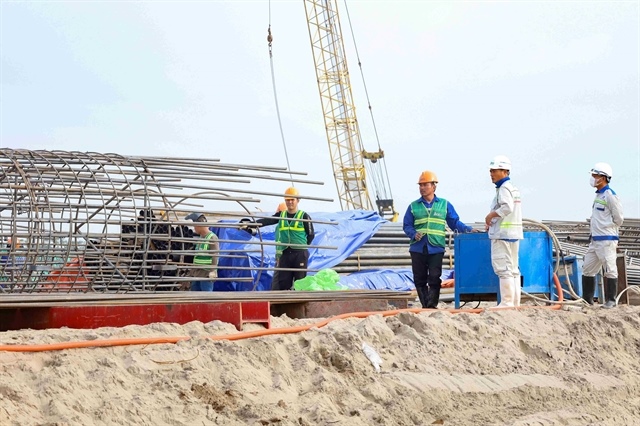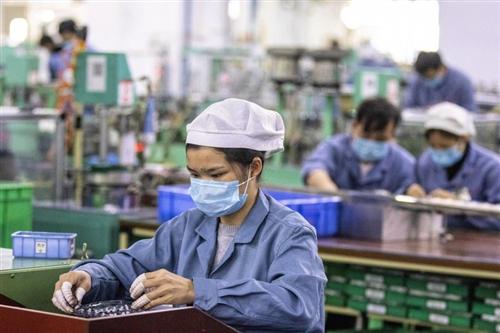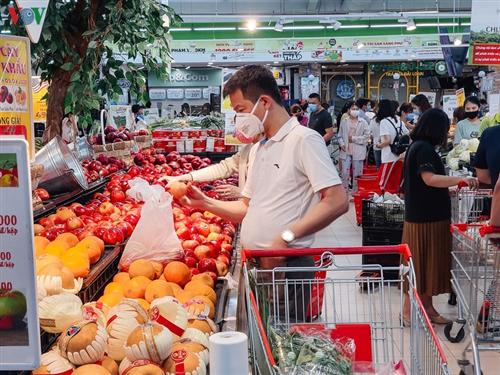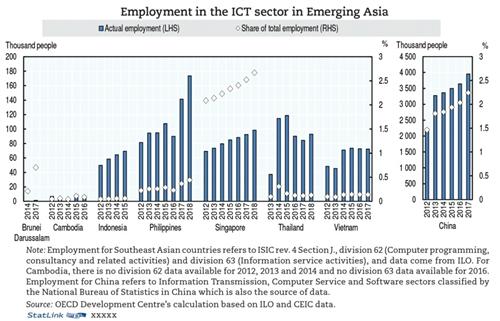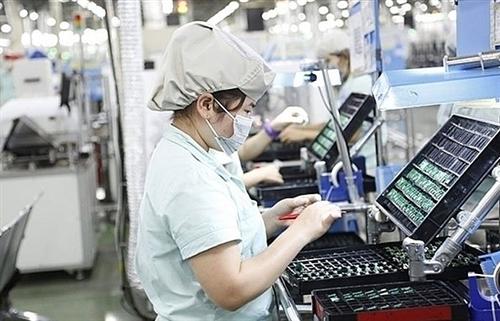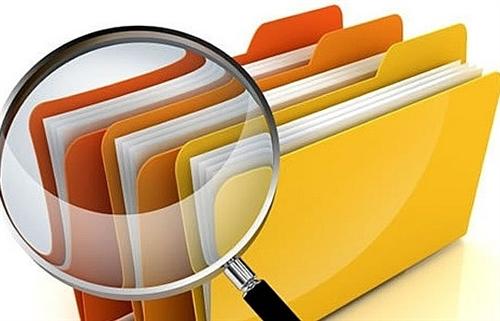New approach vaunted for Vietnam’s market strategy
New approach vaunted for Vietnam’s market strategy
Frenetic swings have whipsawed the economy and led to a global capital outflow of emerging markets that could otherwise open the door for the Vietnamese equity market.

Ho Quoc Tuan - Lecturer, Bristol University
|
The shock from COVID-19 has resulted in a sudden stop in capital flows to emerging markets (EM).
Fresh data from the Institute of International Finance (IIF) reveal that the first quarter of this year experienced the most substantial capital outflow from EMs ever, exceeding the worst points of the global financial crisis more than a decade ago.
A combination of public health challenges and a substantial plunge in oil prices following the failure of OPEC+ negotiations brings about a record-breaking outflow episode of around $83 billion in March alone. Since January 21, portfolio equity outflows reached $72 billion, while debt outflows amounted to $25 billion.
Asian EMs were among the hardest hit. Experts at the IIF predict the total non-resident capital flows to EMs will slow down significantly in the coming time, driven by the outbreak and its consequences to global growth and risk sentiment, as well as the fall in commodity prices. Non-resident flows will reach $444 billion, which is considerably lower than last year ($937 billion). Total foreign investments in EMs, excluding in China, are expected to come in at $304 billion, the lowest since 2004.
In Vietnam, foreigners’ indiscriminate sell-off has been a brutal comeuppance for the local equity market. But the situation could be much worse in other EMs.
As a result of the sudden stop in capital flows, most EMs may find it difficult to run significant current account deficits and will have to draw down reserves.
Outsized capital outflows from EMs coincided with falling asset prices. Exchange rates suffered heavily, and bond yields increased despite rate cuts, as curves steepened.
Though few countries have sounded the alarm in public, the IIF estimates that EMs, excluding China, will need at least $2.5 trillion over the course of the pandemic.
The Asian financial crisis of 1997 showed that strong public finances are not enough to protect an emerging economy if private firms borrow heavily abroad.
Recently, The Economist published a ranking examining 66 economies, including Vietnam, across four potential sources of peril. These include public debt, foreign debt (both public and private) and borrowing costs (proxied where possible by the yield on a government’s dollar bonds).
The newspaper also calculated those countries’ likely foreign payments this year, their current-account deficit plus their foreign-debt payments, and compared these with their stock of foreign-exchange reserves. A country’s rank on each of these indicators is then averaged to determine its overall standing.
One thing that should be taken seriously is that EMs in Asia are stronger and more resilient compared to their peers in Latin America and Africa. Some economies that have been stuck with their debt, such as Venezuela and Argentina, are more likely to fall into a new debt crisis. Even some Eastern European economies like Hungary, Ukraine, or even the deep-pocketed Arab economies like Qatar are still in a risky position.
The ranking also revealed vast differences in the source and scale of potential weaknesses. Vietnam has indeed emerged as the bright spot to woo overseas capital, which was proven by its firm position (ranked 12th out of 66) in the financial strength test. The country is seen as the beneficiary from multinational firms relocating and moving out of China.
Notwithstanding, there are some major concerns Vietnam should take into account. First and foremost, would Vietnam succeed in luring high-quality movement of funds? The country needs to take a new approach in its foreign direct investment attraction strategy to bring added value, as well as to better protect the environment and reduce the over-exploitation of natural resources.
Secondly, the country’s inadequate logistic infrastructure is plaguing its ability to compete with other countries. Besides this, Vietnam is forecast to face power shortage after 2020 due to a variety of power projects in the revised master power plan falling behind schedule, particularly in the southern area.
Thirdly, how domestic companies compete fair and square with foreign-invested enterprises is also a matter to consider. The pandemic has proved one thing: only a resilient economy which has a strong foundation from domestic enterprises and domestic consumers could be resistant to external shocks.
Fourth, it is important to take advantage of the aviation industry – the most vulnerable sector amidst the crisis. Currently, airway routes are rather complicated for foreign investors and even local businesses.
Finally, local authorities should mull over increasing or lifting foreign ownership limits in some sectors such as stocks or in real estate. It is evident foreigners play a large role in the growth of economic development, as well as driving a huge amount of capital and cutting-edge technology into the local economy. Thus, the limits consequently could block overseas capital inflows, which would be even more perilous under the current circumstances.


